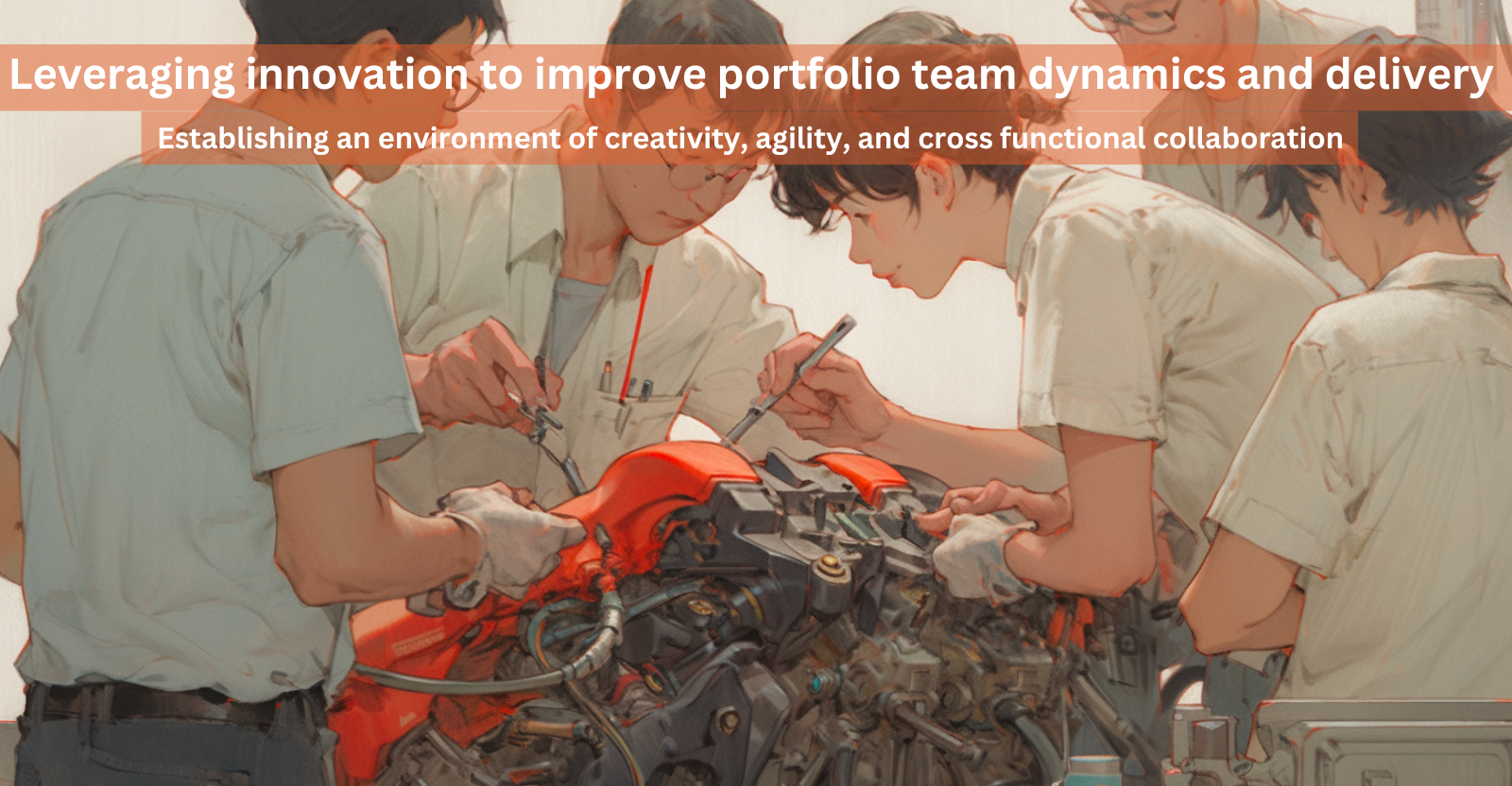Innovation stands as a cornerstone for growth and sustainability. It’s not just a buzzword; it’s a critical strategy for companies seeking to stay competitive and agile. This importance is echoed by business leaders globally: 84% of CEOs, agree that innovation is key to their company’s success. However, realizing the full potential of innovation is not without its challenges. But there’s a big problem they face: getting different parts of the company to work together effectively. When teams or departments don’t align well, it can really slow down or even stop innovation in its tracks. This lack of cross-functional can significantly slow progress and even stop innovation in its tracks. The key question: Why do so many CEOs prioritize innovation while simultaneously struggling with the hurdles of cross-functional collaboration?

Understanding the Importance of Innovation in Business
Innovation is more than just coming up with new ideas; it’s about turning these ideas into real-world solutions that drive a company forward. Here’s why innovation is so important for businesses today:
Patients’ needs and preferences change rapidly. Through innovation, businesses can adapt to these changes, launching therapies and services to meet their evolving needs. Innovation isn’t just about new therapies; it’s also about finding better ways to do things. This can mean more efficient processes, cost reductions, and improved productivity, all of which support innovation. Lastly, the speed at which a company can deliver on innovation can be a game-changer. Fast-paced innovation means not just keeping up, but often staying a step ahead, seizing opportunities as they arise, and reducing the risks that come with market changes. For businesses today, being quick on their feet is not just an advantage; it’s a necessity.
Despite its importance, innovation doesn’t just happen. It requires the right environment, resources, and most importantly, collaboration across different parts of the company. When teams work in silos, without a shared vision or understanding, innovation efforts can falter. That’s why overcoming the barrier of cross-functional alignment is crucial for any business that wants to harness the full power of innovation.

Identifying the Challenges of Cross-Functional Alignment
Cross-functional alignment is about different departments working together seamlessly towards a common goal. However, achieving this harmony is often easier said than done. Here are some of the key challenges businesses face in aligning their teams:
Lack of a Unified Vision: For successful cross-functional alignment, there needs to be a clear, shared vision of what the innovation is supposed to achieve. Without this, teams can easily go off track or work in ways that don’t complement each other.
Leadership and Organizational Support: Sometimes, the challenge comes from the top. If the leadership doesn’t actively support cross-functional collaboration or if the organizational structure isn’t conducive to it, teams will struggle to work together effectively.
Conflicting Goals and Priorities: Each department in a company typically has its own set of objectives. For example, while the marketing team might focus on brand awareness, the sales team might be more concerned with hitting quarterly targets. These differing priorities can lead to conflicts when teams are expected to work together on innovative projects.
Resistance to Change: Change can be hard, and this is especially true in established companies with set ways of doing things. When innovation requires a shift in processes or thinking, it can meet resistance from team members who are comfortable with the status quo.
Communication Barriers: One of the biggest hurdles in cross-functional collaboration is communication. Different departments often have their own jargon, priorities, and ways of working. When these groups come together, misunderstandings can happen, leading to delays and frustration
Overcoming these challenges is critical for fostering an environment where innovation can thrive. It requires a concerted effort from all levels of the organization, especially from leadership, to ensure that teams are not only motivated but also equipped to collaborate effectively.









